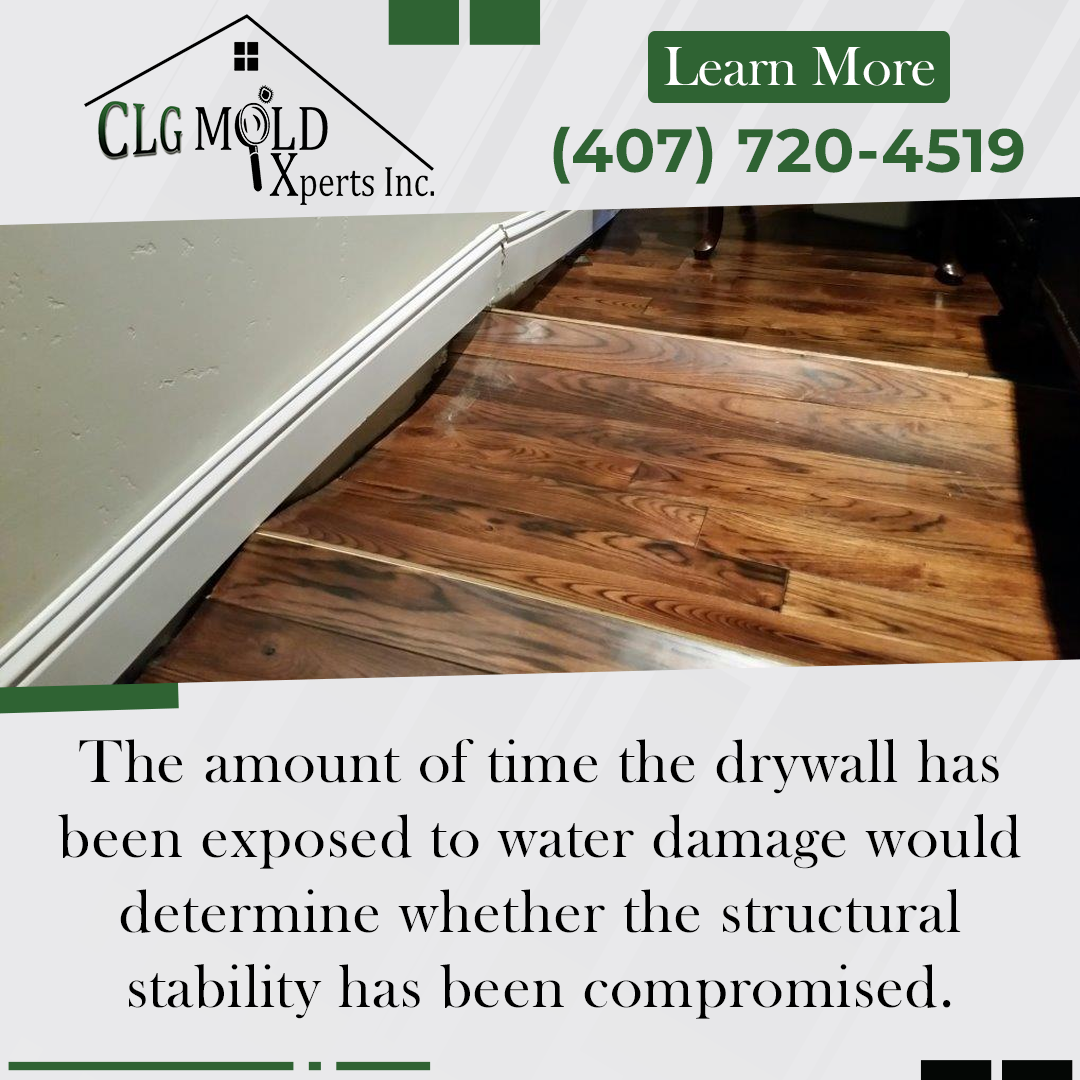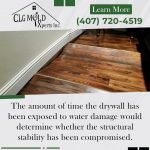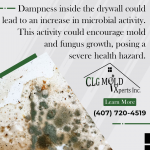What is drywall?
Drywall is a construction material that is used to make walls and ceilings. It is called drywall because it is made without using water and therefore is very quick and easy to install. Moreover, it has fire-resistant qualities, making it a convenient and efficient construction material.
.png)
It is made of gypsum pasted on paper and strengthened with certain chemical additives into a rigid sheet. These sheets can be fixed onto a wood or metal framework with the help of wood or metal studs. The sheet can be cut into any shape or size to fit the design scheme.
Drywall scores highly over plaster to construct walls and ceilings as it saves time.
Water damage to drywall
Water can vastly damage the structure and look of drywall. The water damage can be minor or significant and would determine the drywall's fate.
Slight discoloration & water stains
If the water damage is minor, as in the case of a leaky tap that has left discoloration marks on the outer surface of the wall, then the drywall may not need replacement as its structural integrity would not have been compromised. But, one needs to be sure that water has not seeped inside the wall. In this instance, scraping the paint layer off the exterior face of the wall and repainting it might just be the solution.
Significant water damage
But the solution might be more complex when the drywall has been submerged underwater for days, as in the case of heavy flooding. The two main points to keep in mind when such a thing happens are:
1. Structural Integrity: The amount of time the drywall has been exposed to water damage would determine whether the structural stability has been compromised. Drywall is a highly porous material and absorbs water like a sponge. Its water absorption quality is what leads to significant disrepair in case of flood damage. In addition, dampness within the drywall could damage its components like wood or metal studs and layers of gypsum sheets and paper. The wood can warp while metal corrodes due to the moisture in the drywall. The gypsum and the paper sheets absorb the water, making it pulpy and soggy, and this would lead to the wall collapsing under slight pressure.
2. Mold and fungus formation: Dampness inside the drywall could lead to an increase in microbial activity. This activity could encourage mold and fungus growth, posing a severe health hazard. The chances of such a thing happening increase when exposed to highly contaminated water like Grey water or Black water, which contain a significant amount of toxic matter like sewage and debris. The mold formation would also impart foul odors, causing breathing distress.
Keeping these two points in mind, the best thing to do is to replace the drywall after it has suffered flood damage ultimately.
Why CLG Mold Xperts?
CLG Mold Xperts is a proven and experienced company that provides water damage restoration services in Kissimmee, FL, with a dedicated and knowledgeable team of IICRC-trained technicians.
CLG Mold Xperts have the tools and experience to mitigate and restore any water, fire, and storm damage. Additionally, they are also highly knowledgeable in mold testing and removal, reconstruction, and rebuilding of the property on a war footing. After water or fire damage, they rebuild the home or business back to pre-loss conditions.
.png)
CLG Mold Xperts document the damage and cost of restoration properly and bring much-needed peace of mind to their customer by taking care of all insurance claim settlements.
Services include
- Water Damage Restoration
- Storm Damage Restoration
- Mold Removal
- Mold Testing/Inspection
- Rebuild & Reconstruction
Call (407) 720-4519 or Email at clgmoldxperts1@gmail.com to receive a free quote for any water damage restoration work.
































